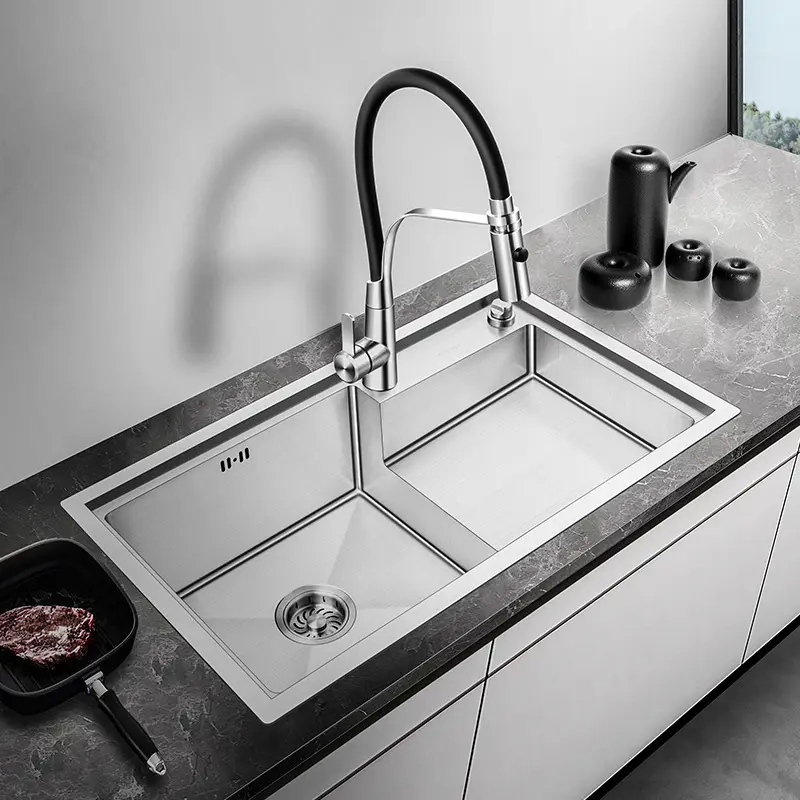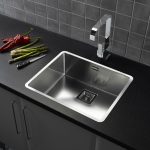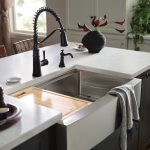Understanding the Issue: Identifying the Cause of Slow Drainage
When faced with a slow-draining kitchen sink, it’s essential to understand the underlying cause before attempting to fix the problem. Several factors can contribute to slow drainage, including grease buildup, food debris accumulation, or a clogged pipe. By identifying the root cause, you can determine the most effective solution to restore proper drainage and prevent future issues.
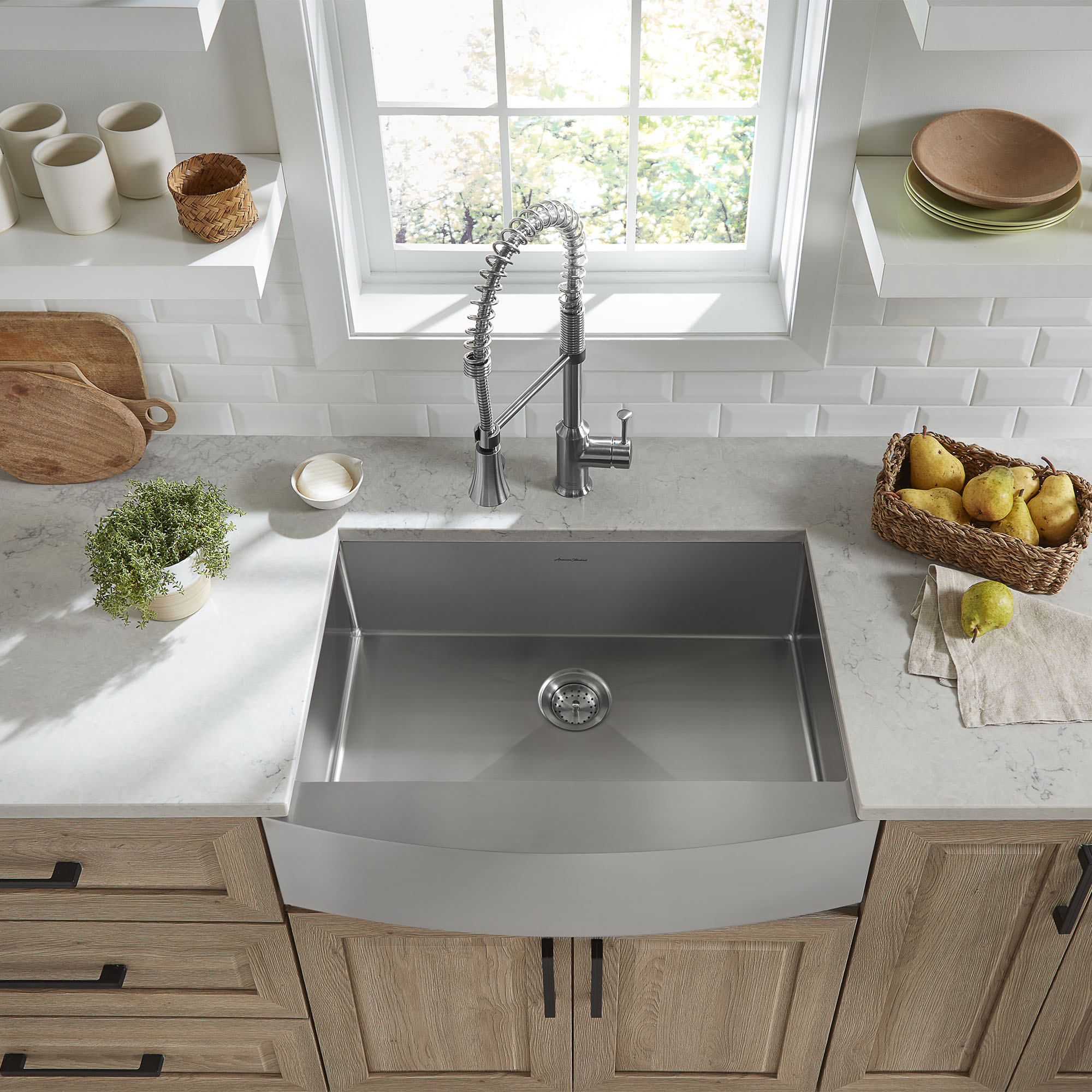
DIY Drain Cleaning: Simple Steps to Clearing Clogs
One of the first steps in addressing a slow-draining kitchen sink is attempting to clear any clogs using DIY methods. Start by removing the sink stopper or strainer and using a plunger to create suction and dislodge the blockage. Alternatively, try pouring a mixture of hot water and dish soap down the drain to break up grease and debris. For more stubborn clogs, a combination of baking soda and vinegar can help dissolve the blockage and restore proper drainage.
Chemical Drain Cleaners: Proceed with Caution
While chemical drain cleaners can be effective in clearing tough clogs, they should be used with caution due to their harsh ingredients and potential for damaging pipes. If opting for a chemical drain cleaner, be sure to follow the manufacturer’s instructions carefully and wear protective gloves and eyewear. Additionally, consider using a non-toxic or enzyme-based drain cleaner as a safer alternative that won’t harm your plumbing or the environment.
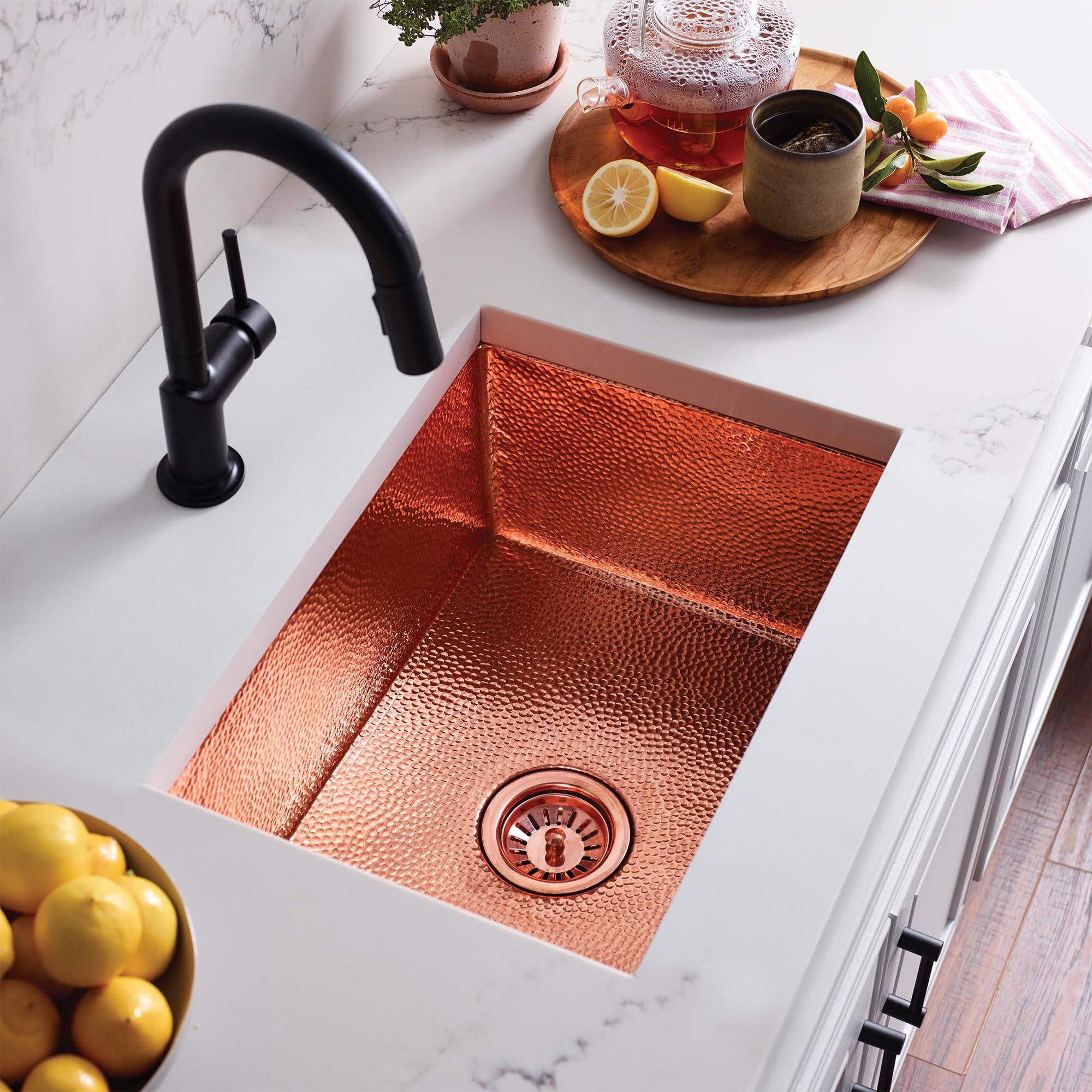
Plumbing Snake: A Tool for Deeper Clogs
If DIY methods and chemical drain cleaners fail to resolve the issue, it may be necessary to use a plumbing snake to reach deeper clogs within the pipes. A plumbing snake, also known as a drain auger, is a flexible tool that can navigate through the twists and turns of your plumbing system to dislodge stubborn blockages. Insert the snake into the drain opening and rotate it manually or with a powered drill to break apart the clog and restore proper water flow.
Checking the P-Trap: Inspecting for Debris Buildup
The P-trap is a curved section of pipe located beneath the kitchen sink that is designed to trap debris and prevent it from clogging the main drain line. Over time, the P-trap can become clogged with food particles, grease, or other debris, causing slow drainage. To check for buildup, place a bucket beneath the P-trap to catch any water, then unscrew the fittings and remove the trap for inspection. Clean out any debris and reassemble the trap to restore proper drainage.

Ventilation Issues: Addressing Airflow Problems
In some cases, slow drainage in a kitchen sink may be caused by ventilation issues within the plumbing system. A lack of proper ventilation can create negative pressure that impedes water flow and leads to slow draining sinks. To address ventilation issues, check for clogs or obstructions in the vent stack on the roof and ensure that it is clear of debris. Additionally, consider consulting a professional plumber to assess and remedy any ventilation problems within your plumbing system.
Preventative Maintenance: Tips for Avoiding Future Issues
Once you’ve resolved the issue of a slow-draining kitchen sink, it’s important to implement preventative maintenance measures to avoid future problems. Regularly clean the sink stopper or strainer to prevent debris buildup, and avoid pouring grease or oil down the drain, as they can solidify and cause clogs. Consider installing a mesh drain cover to catch food particles and prevent them from entering the drain. Additionally, periodically flush the drain with hot water to help prevent grease and debris buildup.
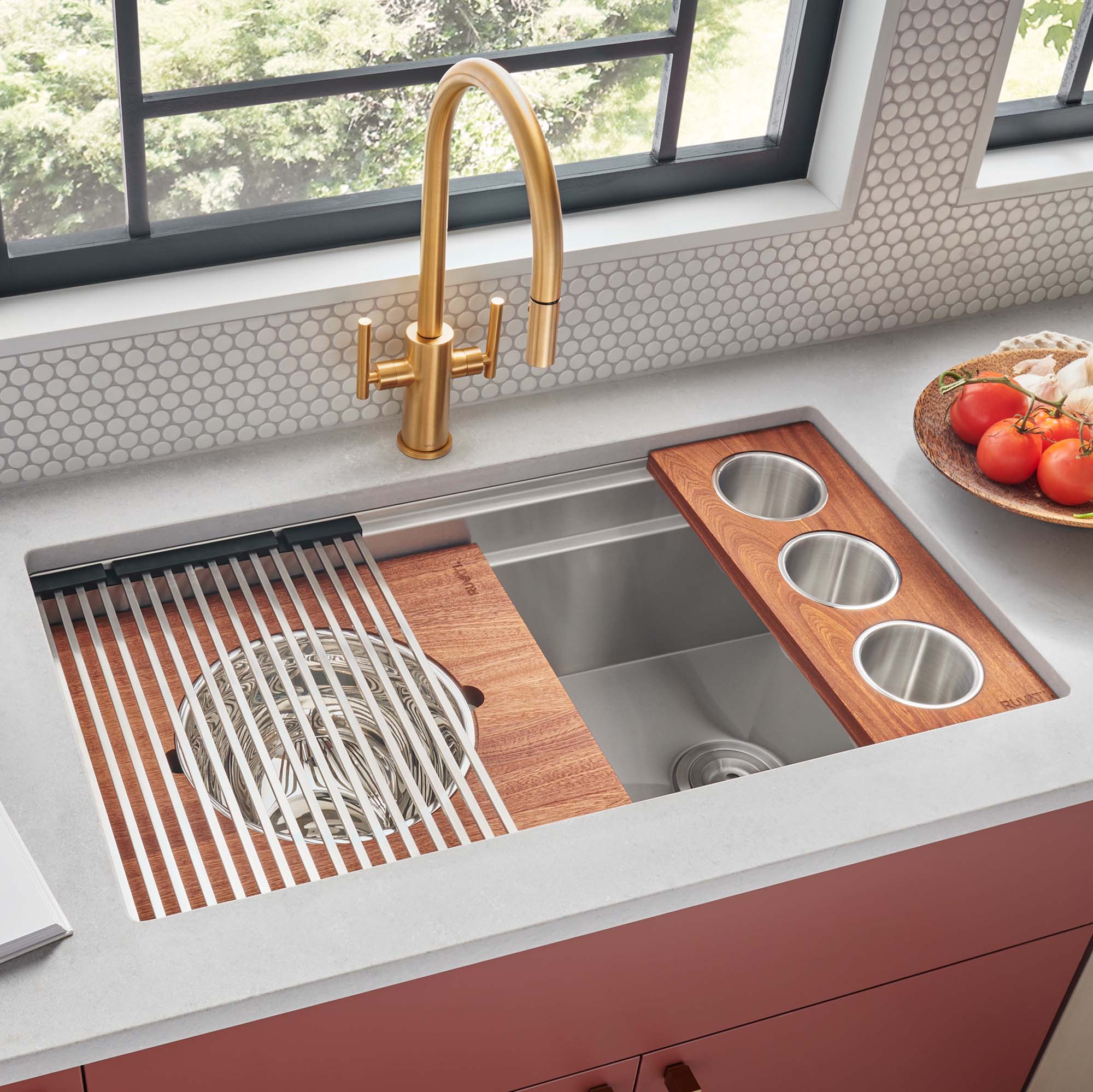
Professional Assistance: When to Call in the Experts
If DIY methods fail to resolve the issue or if you’re unsure about how to proceed, don’t hesitate to call in professional help. A licensed plumber can accurately diagnose the cause of the slow drainage and provide expert solutions to address the problem effectively. Whether it’s clearing stubborn clogs, repairing damaged pipes, or addressing ventilation issues, a professional plumber has the knowledge and tools to restore proper drainage to your kitchen sink.
Eco-Friendly Solutions: Green Alternatives for Clearing Clogs
For those concerned about the environmental impact of traditional drain cleaning methods, there are several eco-friendly alternatives to consider. One option is to use a mixture of baking soda and salt followed by boiling water to break down clogs naturally. Another eco-friendly approach is to use a plumbing snake made from biodegradable materials or to rent an electric drain auger powered by renewable energy sources.
Preventing Future Clogs: Tips for Long-Term Drain Maintenance
In addition to addressing current drainage issues, it’s important to implement preventative measures to avoid future clogs. One effective strategy is to install a mesh drain strainer or filter to catch food scraps and prevent them from entering the drain. Regularly flushing the drain with hot water and vinegar can also help break down grease and prevent buildup. Finally, consider scheduling annual maintenance inspections with a licensed plumber to identify and address potential issues before they escalate.

Upgrading Your Plumbing: Modern Solutions for Improved Drainage
If you’re dealing with recurrent drainage problems or outdated plumbing infrastructure, it may be worth considering upgrading your kitchen sink and drainage system. Modern fixtures and technologies, such as high-efficiency faucets, low-flow aerators, and water-saving appliances, can help improve water flow and reduce the risk of clogs. Additionally, investing in a garbage disposal unit can help break down food waste and prevent it from causing blockages in your pipes.
Professional Drain Cleaning Services: When to Seek Expert Help
While many drainage issues can be resolved through DIY methods, there are times when it’s best to leave the job to the professionals. If you’re dealing with a stubborn or recurring clog, or if you suspect a more serious underlying issue, don’t hesitate to call a licensed plumber for assistance. Professional drain cleaning services utilize advanced equipment and techniques to effectively clear clogs and restore proper drainage without causing damage to your plumbing system.
Conclusion: Restoring Functionality to Your Kitchen Sink
A slow-draining kitchen sink can be a frustrating inconvenience, but with the right approach, it’s a problem that can be resolved swiftly and effectively. By understanding the underlying causes of slow drainage and implementing appropriate solutions, you can restore functionality to your kitchen sink and prevent future issues from occurring. Whether it’s DIY drain cleaning methods, professional plumbing assistance, or preventative maintenance measures, taking proactive steps to address slow drainage will ensure that your kitchen sink remains in optimal working condition for years to come.
